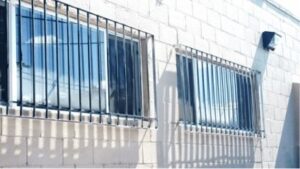In the first half of 2025, the average electricity price for households in the European Union remained at €28.72 per 100 kWh, representing a slight decrease of 0.5% compared to the €28.87 recorded in the second half of 2024. This trend reflects price stability, although it remains well above pre-energy crisis levels from 2022.
Despite the slight drop in pre-tax prices, the share of taxes and levies in electricity bills has significantly increased, rising from 24.7% in the second half of 2024 to 27.6% in the first half of 2025. This increase suggests that, although prices have decreased slightly, consumers are not experiencing imminent relief in their bills.
Germany leads with the highest prices, reaching €38.35 per 100 kWh, followed by Belgium at €35.71 and Denmark at €34.85. In contrast, the lowest prices were recorded in Hungary (€10.40), Malta (€12.44), and Bulgaria (€13.00).
Compared to the first half of 2024, notable increases in prices have been observed in several countries, with Luxembourg being the most affected with a 31.3% increase, followed by Ireland at 25.9% and Poland at 20.0%. Conversely, the largest reductions were recorded in Slovenia (-13.1%), Finland (-9.8%), and Cyprus (-9.5%).
Analyzing prices in terms of standard purchasing power (PPP), the Czech Republic, Poland, and Italy are among the countries with the highest rates, while Malta, Hungary, and Finland present the lowest prices in this regard.
In the non-domestic sector, electricity prices in the EU showed a slight decline, standing at €19.02 per 100 kWh, compared to €19.41 in the second half of 2024. It is noteworthy that the number of countries reporting tariff increases was almost equal to those experiencing decreases.
The current situation of the electricity market in the EU reflects a complex context in which regulation and taxes play a decisive role in the rates faced by both consumers and businesses. Although the trend toward price stability is promising, there is still a long way to go to achieve significant relief for citizens, who continue to cope with high costs compared to periods before the energy crisis.
Source: MiMub in Spanish











